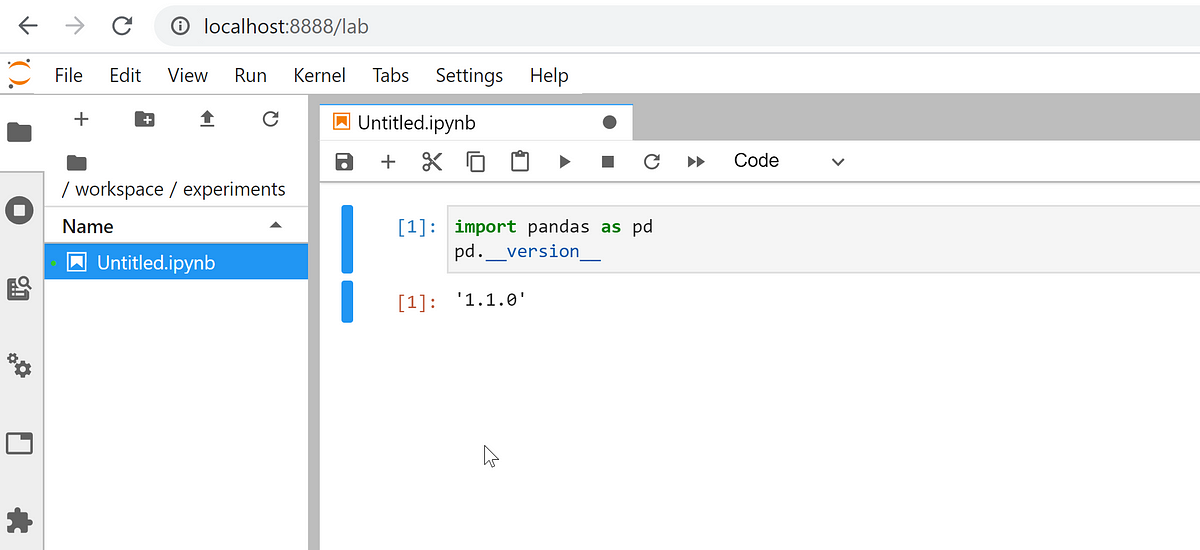Here’s a great quick start guide to getting Jupyter Notebook and Lab up and running with the Miniconda environment in WSL2 running Ubuntu. When you’re finished walking through the steps you’ll have a great data science space up and running on your Windows machine.
I am going to explain how to configure Windows 10 and Miniconda to work with Notebooks using WSL2

